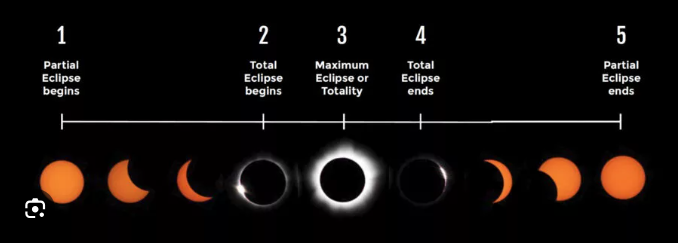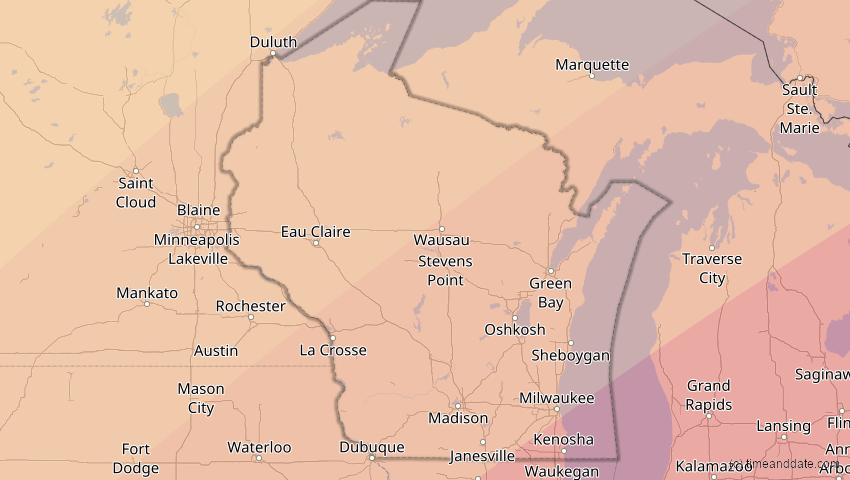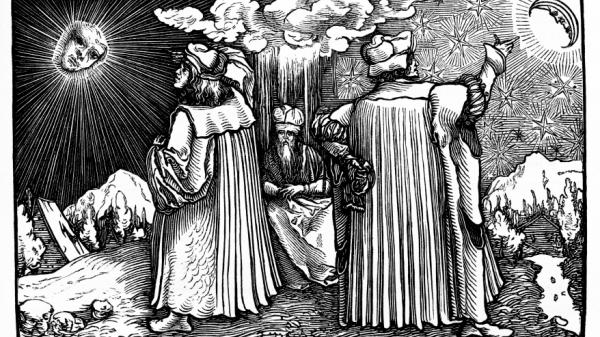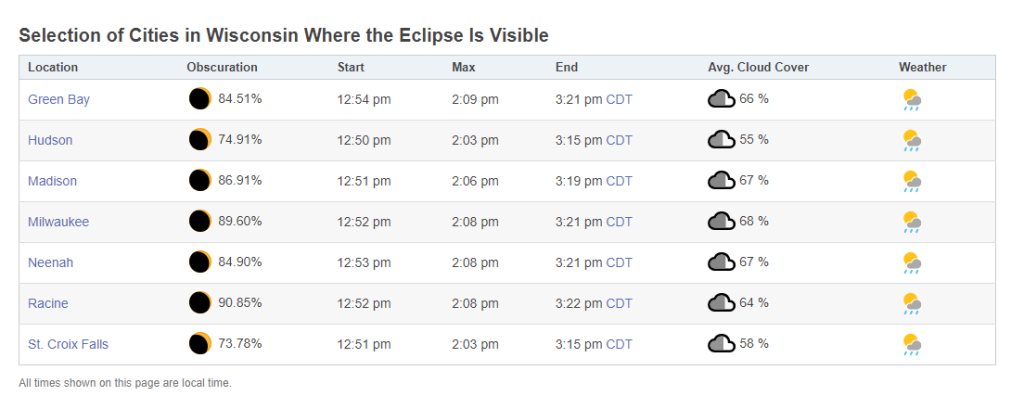On Monday, April 8, 2024, the “Great American Eclipse” will turn day to night for a few brief minutes as the moon blocks the sun’s light along a 115-mile-wide, southwest-to-northeast path across the continent.
Millions of people in 13 states stretching from Texas to Maine will experience this nighttime-like darkness under the eclipse’s “path of totality.” The rest of the United States, including Milwaukee and all of Wisconsin, is outside the path and will experience a partial solar eclipse.
WHAT IS A SOLAR ECLIPSE?
A solar eclipse occurs when the Moon passes between Earth and the Sun, thereby obscuring the image of the Sun for a viewer on Earth. A TOTAL solar eclipse will take place at the Moon’s ascending node on Monday, April 8, 2024, visible across North America and dubbed the Great North American Eclipse (also Great American Total Solar Eclipse and Great American Eclipse) by some working media groups. A total solar eclipse occurs when the Moon’s apparent diameter is larger than the Sun’s, blocking all direct sunlight, turning day into darkness. Totality occurs only in a narrow path across Earth’s surface, with the partial solar eclipse visible over a surrounding region thousands of miles wide. Solar eclipses can only occur during a New Moon when the Moon moves between Earth and the Sun, and the three celestial bodies form a straight line: Earth–Moon–Sun. There are between two and five solar eclipses every year.

There are three kinds of solar eclipses: total, partial, and annular. There is also a rare hybrid that is a combination of an annular and a total eclipse. Solar eclipses are fairly numerous, about 2 to 4 per year. But the area on the ground covered by totality is only about 50 miles wide. In any given location on Earth, a total eclipse happens only once every hundred years or so, though for selected locations they can occur as little as a few years apart.
2024 Total Solar Eclipse: Through the Eyes of NASA (Official Trailer)

SOLAR ECLIPSE IN HISTORY
Solar eclipses have historically been viewed as omens that could bring about death and destruction. They have caused fear, inspired curiosity, and have been associated with myths, legends, and superstitions.

Even today, an eclipse of the Sun is considered a bad omen in many cultures. But in reality, they are harmless—and they even helped prove Einstein’s theory of relativity.
While Wisconsin isn’t in the “path of totality,” the state will still experience a partial solar eclipse, with some areas seeing close to 90% coverage at the peak.
In Milwaukee, the eclipse will take place from around 12:52 p.m. and 3:21 p.m. The peak will happen around 2:08 p.m. when the moon covers the sun by 89.4%. In Madison, the peak will happen around 2:06 and will see about 86.8% coverage. In Green Bay, coverage will get to around 84.6% at 2:09 p.m. You can find out what the eclipse will look like in your area here.

SAFETY PRECAUTIONS
Except during the brief total phase of a total solar eclipse, when the Moon completely blocks the Sun’s bright face, it is not safe to look directly at the Sun without specialized eye protection for solar viewing.

WARNING!!!
Viewing any part of the bright Sun through a camera lens, binoculars, or a telescope without a special-purpose solar filter secured over the front of the optics will instantly cause SEVERE EYE INJURY.
There is no better place to watch the eclipse than from a New RV from Quietwoods RV.

